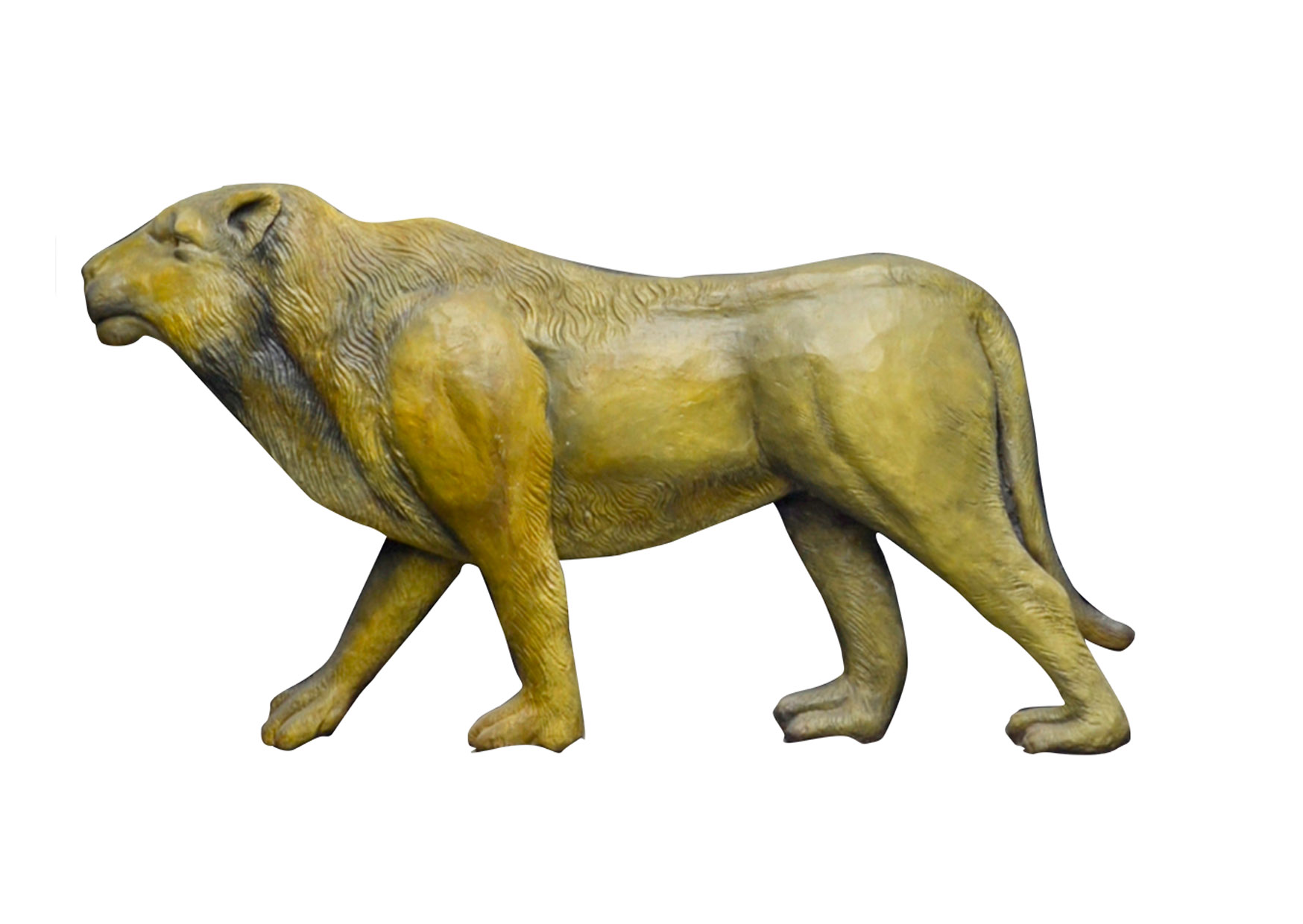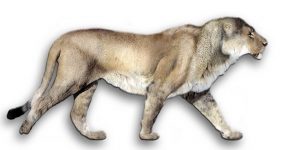
Eurasian cave lion
Panthera spelaea
- It was one of the largest species of lion to have ever lived.
- It was widespread across the mountains and woodlands of Eurasia, Alaska, and part of northwestern Canada.
- The Eurasian cave lion (Panthera spelaea) is a species of lion that went extinct around 12,000 years ago.
- It evolved in Europe and lived frommiddle to late Pleistocene (approximately 600,000-12,000 years ago).Size
- Shoulder height – 1.2m
- Head-body length (without the tail) – 2.1 m
- Weight – 339 kg
Physical description
- P. spelaeais supposed to be 12% larger than modern lions, but smaller than the earlier Panthera fossilis or the American lion (P. atrox).
- Cave paintings often depicted hunting animals without a mane, suggesting that males were maneless, also in the paintings there was some kind of collar fluff and possibly stripes in the body.
- P. spelaeahad a relatively longer and narrower muzzle compared to that of the extant lion. females were smaller than males.
Interesting facts
- Analysis of offossil bone samples, mitochondrial and nuclear genomic evidence suggests Panthera spelaea as a distinct species from the modern lion.
- Also the evidence suggests a more recent split approximately 500,000 years ago, with no subsequent interbreeding with the ancestors of the modern lion.
- It was the most ferocious predators of the late Pleistocene epoch and it feasted on mammalian megafauna like prehistoric horses and prehistoric elephants.
- The name “Cave lion” is given to this cat, not because it lived in caves, but because numerous intact skeletons have been found in cave bear habitats. The Eurasian cave lion was also an opportunistic predator of the hibernating cave bear (Ursus spelaeus).
Causes for extinction
- As the climate warmed, the cave lion’s habitat of wide-open spaces was shrinking as forest areas increased, putting severe pressure on the species.
- The cave lion population might have suffered due to the severe reduction of species it preyed upon.
- Human migration into Europe could also have played a role, as they would likely have been competing with lions for the same prey.
